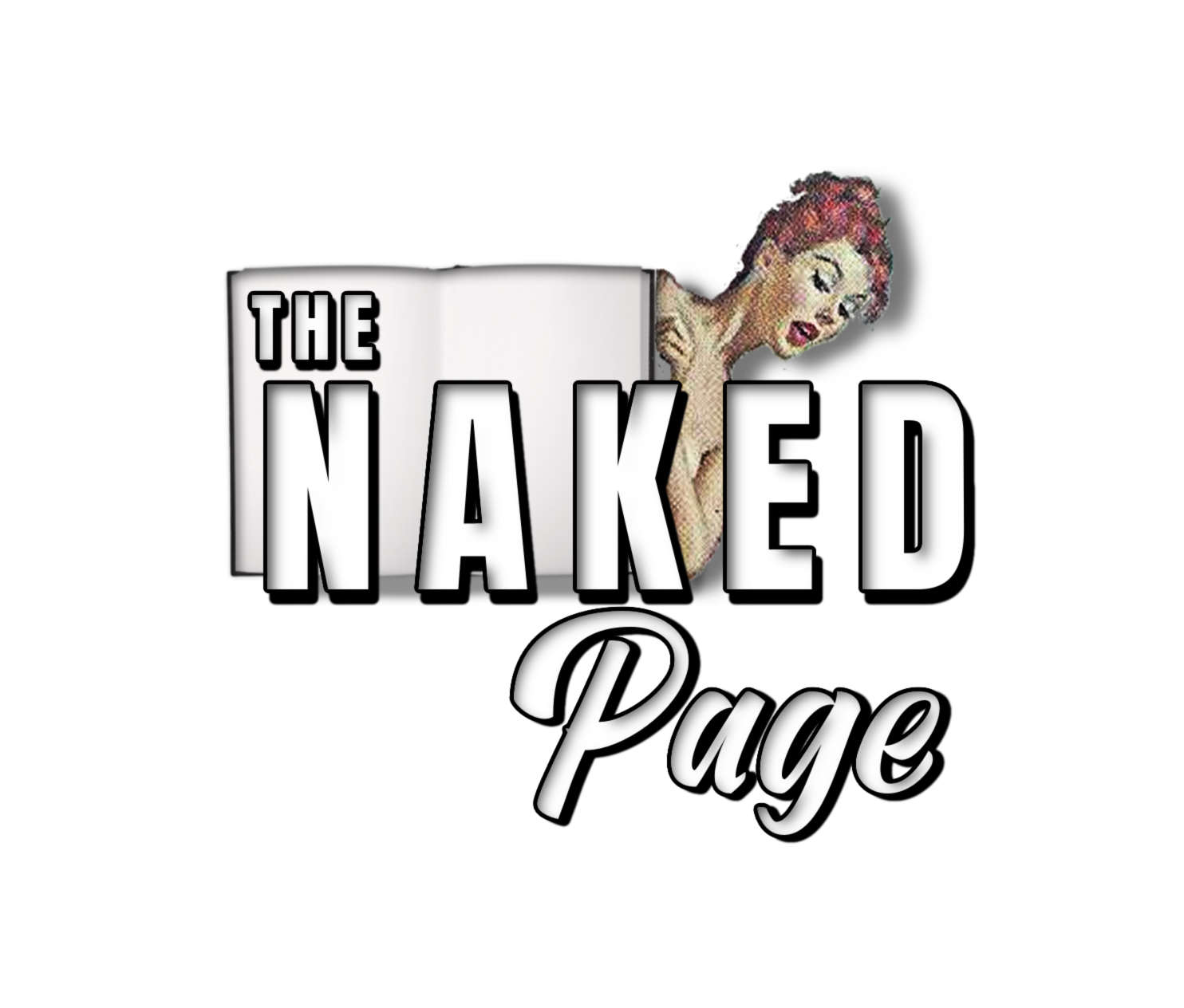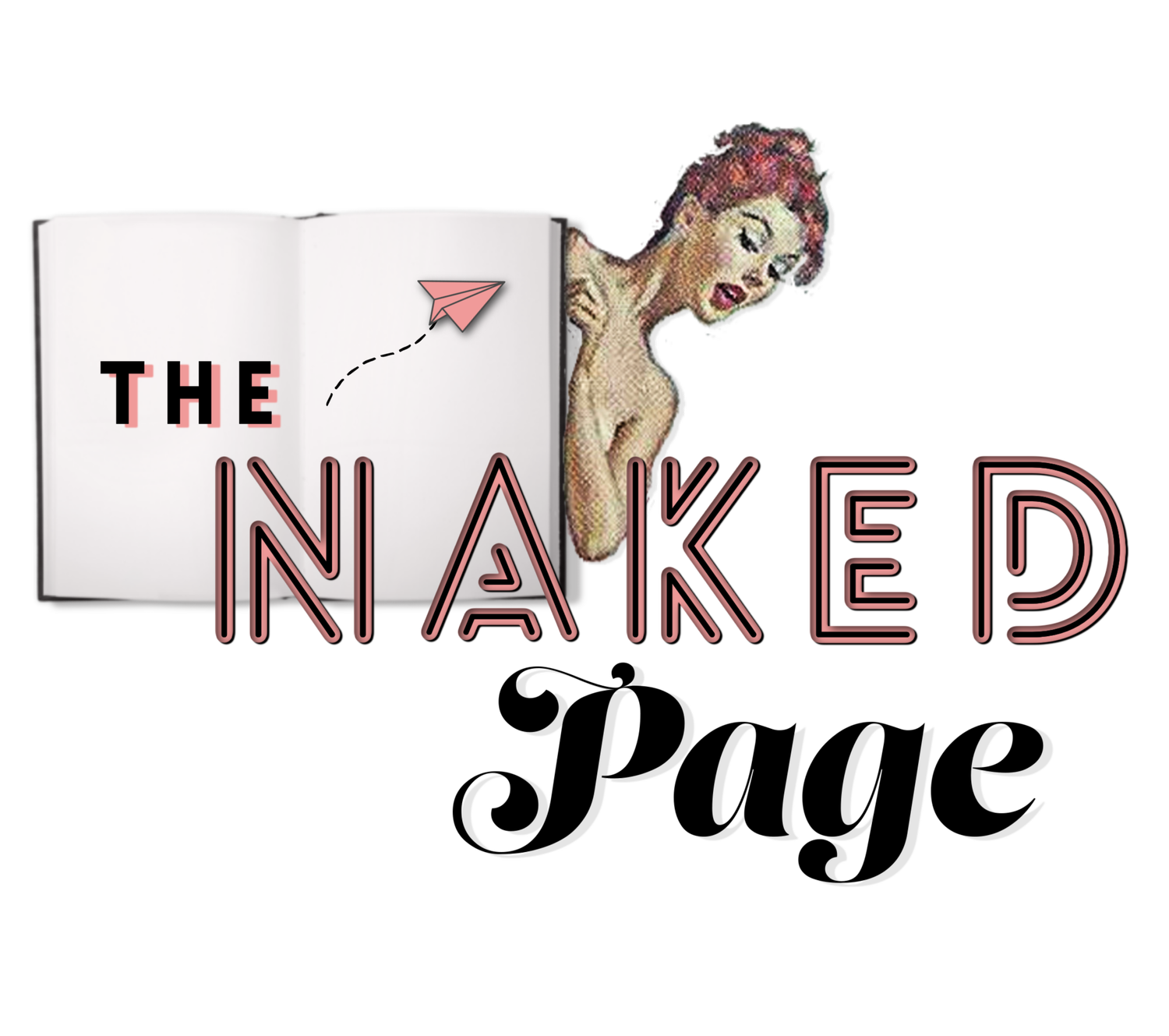AI, Chatbots, and Writers—The Devil is *Not* in the Details
[Read the companion piece A Nun on the Run as Main Character #1: A Naked Narrative on Why We Must Explore More Uniquely Feminine Protagonists on Substack.]
Yes, you look great in your new AI-generated Instagram profile picture. Kudos to you.
Despite your stylish new look, I still believe AI is bad for art and humanity. Hear me out. Yes, this is my obligatory AI post, but I feel I need to cover some things that haven’t been addressed.
For starters, no matter how trendy the artwork looks it always retains a plastic quality. There’s a soullessness about it. But it gets worse—so much worse. If you want to open up Pandora’s box, go down the disturbing Loab rabbit hole (click this link at your own risk—you’ve been warned—you can’t unsee these nightmarish visions).
Not today, Satan!
Loab was my first encounter with AI art. And that demon can stay in hell.
Why would anyone willingly feed their images into a system that produces this kind of content? Don’t give me an explanation. I’m simply not having it. But if you need more examples, here’s the AI-generated beer commercial that looks like something from Soundgarden’s 1994 Black Hole Sun video and ends in what?!? The Apocalypse?!
YIKES! Can the Apocalypse be both terrifying and hilarious? Because somehow that’s what we get with AI art. Moving on to writing…
I reluctantly dove into learning the best practices of AI content creation earlier this year. Even though I was firmly opposed to AI initially, tech keeps changing. And so do my feelings toward it.
Granted, visual art and writing are different mediums. So yes, I was willing to consider that maybe, just maybe, AI writing was different from all the nightmare artwork out there.
I kept telling myself that chatbots are just tools, and any good tool simply has a job to do.
So, I gave in to the chatbot craze and began to experiment. I started my trial run using ChatGPT to write some copy for a client’s website.
“Will you write an event blog post as [this person] for [this event] at [this location] on [this day]?” I asked.
I was rather impressed when the chatbot spit out a sterile but well-structured article in two seconds flat. There were elements it covered that I don’t usually address for an event posting like the history and opulence of the venue. But maybe I should start!
The post was by no means a piece I could just plop onto a website. It needed a lot of work. But it was a great way to kick off my creative process. Still, something was missing.
It was dry as a bone. I’m talking zero personality.
I asked ChatGPT to rewrite the piece using some humor. This is where things got interesting. And weird.
“The [specific hotel] is a fancy pants place that'll impress your mother-in-law. You know it's fancy when the carpet is so plush you want to roll around on it like a dog on a freshly mowed lawn.”
Surprise, surprise, AI’s got jokes!
That’s exciting but also a little terrifying. Isn’t a sense of humor a staple of our humanness, something that machines aren’t supposed to be able to replicate? Or is AI simply laughing at us while it burns the world down? (See beer commercial above.)
My husband and I dove into an hours-long convo on how AI isn’t magic, it’s merely scanning the web with top-notch computers at super-fast speeds. So no, it’s not creating content from scratch, it's just repurposing what’s already there.
Uh-oh! Plagiarism, much? I started to worry that chatbots could be edging out real writers.
That was until I asked for a second blog post. Again, I received it at lightning speed. It read much like the first post. And then the third was not dissimilar from the other two. These posts didn’t produce anything terrifying like the AI art. No succubus was waiting to take over my website and terrorize my dreams.
Not much variety was going on at all. Maybe chatbots won’t be overtaking human writers anytime soon.
I reminded myself that the keyword in Artificial Intelligence is #artificial. The manufactured stuff didn’t have the capacity to know or understand my client, her history, sense of humor, style, or the audience she addresses.
What the chatbot was able to do, however, was open a door for me to get my brain out of procrastination land and dump me squarely into a creative space. I noticed as it was spouting out the first rounds of drafts, I was coming up with all kinds of fresh ideas from my own skull. Ideas I could revise into solid copywriting.
By the time I finished several rounds of editing the sucker, it didn’t look anything like its AI original, but I certainly had more copy on the page and in record time.
What I liked about using ChatGPT:
The Speed: You input certain targets about your writing, and it starts churning out words immediately. It is a great procrastination buster; I’ll give you that.
The Structure: It’s a useful tool for creating some organization. I asked for a blog post with event details for my first AI attempt. Not only were they all accounted for, but they were repeated in the last paragraph. I often fail to reiterate ideas, but having these key points mentioned twice proved useful.
The Rewrite: Who doesn’t love being able to up your revision game in seconds by asking for new parameters and a rewrite? That’s nifty.
The Amount of Content: By beginning with ChatGPT, I certainly was able to crank out more content than I normally would create within the same amount of time. And that means more content for SEO.
Reasons why I concluded (four months) ago that ChatGPT wouldn’t be replacing humans:
I had to edit the content—A LOT!! But if you know me, I’m all about self-editing so this isn’t something I mind doing. I often have the reverse problem of many writers—I love editing and hyper-focus on it. I dread getting the initial material on the page because I know it’ll be a mess. But I long to have a bunch of prose or copy that I can sculpt into a work of art.
The content is definitely dry and repetitive—as seen after asking for several blog event posts for the same client, it wasn’t necessarily giving me original stuff each time. Anyone thinking they can input a few specifics, take what comes out, and slap it on a blog will surely find their content isn’t unique. And I’m wondering how long it will take for Google algorithms to start dinging this content for all the repetitions.
The creativity came from me—I did use one of ChatGPT’s jokes. But mostly it sparked new ideas and got my creative juices flowing so I was writing more inspired content and creating my own ideas.
Ghostwriting isn’t for machines—Sure, I was able to get more words down on the page, but I had to fact-check every detail! Not everything these technobots reference is accurate. I had to edit immensely to get it to reflect what I wanted to say. A chatbot simply cannot bring voice to a piece of writing. So, I had to overlay my client’s voice onto this highly edited final product. My guess is this would be a lot of work for a newbie writer.
Chatbots can be a useful place to start, generate ideas, and get some basic structure on the page for writing. But if you need it to guide your creative process or want it to do all the heavy lifting for you, you’re going to be SOL.
Flash forward to today—July of 2023. We’ve had more than half a year to play around with this AI art and these chatbots for writing. For some reason, despite all the opportunities to use ChatGPT or another AI option, I just haven’t bothered over the last few months. Despite the multiple articles that come out each week about AI’s usefulness for writers, I haven’t returned to using it at all.
I discovered Substack and I reclaimed a writing process I had greatly missed. It’s an authentic undertaking where I focus more on my own craft of writing and self-editing to produce insightful essays. I haven’t used AI to create copy, an outline, or even research.
I was given the option to try some AI-generated photos on Substack. I investigated it once. Again, the stuff of nightmares. Okay, so maybe they were just minor day terrors, but no. Just no. Full stop.
The graphics still look soulless and empty.
So, the verdict: I know the chatbots are there. I might use them again as an entry point for starting some copywriting if I desperately need to get my creativity flowing. Or if I want AI to compile some research. But a bot can’t write my memoir. Or my personal essays. It can’t even get close.
If the devil is in the details, he’s entirely missed the boat with writing chatbots. It’s some of the most generic content I’ve ever read.
But stop the presses!
While writing this post, I read this article from the Author’s Guild. To sum it up, the Author’s Guild and many big-name authors like Margaret Atwood and Jodi Picoult are concerned that AI is using their writing, either by mimicking their style or taking specific excerpts to train AI systems. These authors will not be getting compensated for this “training” nor will they even be allowed to consent to how their writing gets used.
Remember that stale copywriting I complained about? Many authors fear that’s no longer going to be the problem. Soon, the AI will be able to replicate well-known writers’ voices.
With the current Writers Strike happening in Hollywood and the thoughtless comments from people like Bob Iger who claim the current strike is not “realistic” and “very disturbing,” while he earned $45.9 million from his Disney CEO salary in 2021, it’s worthwhile to consider the Author’s Guild position very carefully.
Successful writers may feel a sense of intrusion when having their work stolen by AI, but what about the rest of us? Those who toil away writing blogs, Substack articles, or social media posts who have no ability to identify if our work is getting used for such training of chatbots? How would we even know? And where will this all lead?
Considering the current situation, I’m changing my position on AI yet again. Now the devil seems to be a faceless (not unlike Loab) entity hiding out online, stealing our words, and using them to spew endless content that gives us no attribution, no compensation, and no way to know how our ideas are being manipulated.
Scary stuff. And exactly what we need to be fighting against.
If you’re a writer or you feel like this intrusion could potentially harm not just big-name writers, but small everyday ones, too, please consider signing the Author’s Guild petition.
[Once you’ve signed, go read A Nun on the Run as Main Character #1: A Naked Narrative on Why We Must Explore More Uniquely Feminine Protagonists on Substack.]


